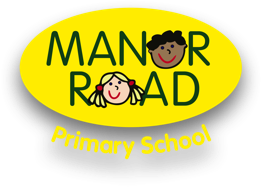Oak – Home Learning
Home Learning is a little different now and these are the activities the children will be encouraged to do at home.
*Regular reading– we now encourage the children to read their book through on 3 separate occasions- this is to encourage fluency and confidence as well as a good understanding of the phonics and content of the books. We would ask that the children’s Book & Log are in school on a Monday & Thursday for checking and changing.
Supporting phonics & reading– as a class we will be doing Guided Reading using texts that support and consolidate the children’s phonic knowledge.
*Spellings/ Sentence structure/ Maths activities- these activities will be added to the class story on a Friday. The children will be given a green Home Learning book in which to complete any activities given. Please return the Home Learning Book to school on a Friday.
These could be common exception words, tricky words or words containing the sounds we are working on in phonics, Maths practise or challenges.
We just ask that you try to spend sometime with you children reading, spelling, writing these words in a sentence to help them learn and retain the spellings. We will do a writing activity in class to see if the children can write the words within a sentence. Counting forwards and backwards, in 2’s, 5’s and 10’s so they are confident with numbers.
I have added the Target Sheets to the Targets section so if you ever want to know what is expected at the age they are a good place to start.
*Phonics practise, Reading and Games using Bug Club Phonic- Active Learn
Writing is a whole school target this year so the more writing your child can do the better. We just ask for you to mindful of some of the writing skills we expect.
1. The use of finger spaces.
2. Sit their letters on the line making sure the tall and long letters are clearly shown.
3. Full stops and capital letters.
4. Accurate letter formation.
5. Use phonics to help them spell accurately.
Our Maths focus will be Using and Applying Maths skills within the real world. We
want the children to understand how Maths is used in the world around them so any hands on and practical activities can be fun.
Some hands on activity examples:
- Visit a shop and allow your child to buy something using the correct coins
- Find numbers in the supermarket
- Use items from the kitchen to weigh/measure or order in size
Time (reading o’clock and half past), days of the week and months of the year are also very important things for your child to learn.
*Number work using Numbots and TTRS and Maths passport objectives (these are assessment termly and sent home)
We understand that you have very busy home lives but any home learning you can attempt really does help the progress of your child.
Thank you for your support in this.
